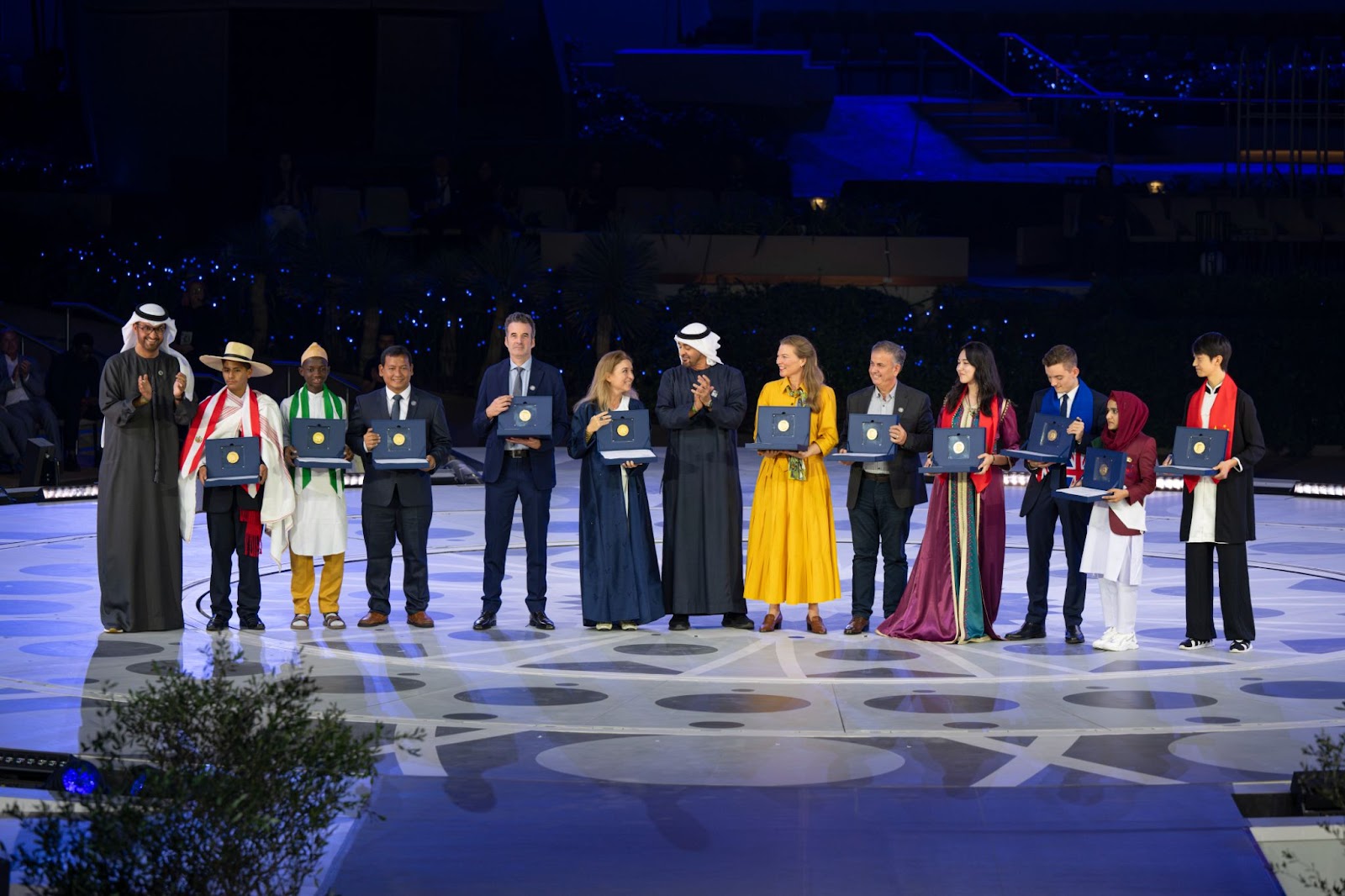Restoring the Caribbean’s Corals
Last year, our staff had the opportunity to travel to the Riviera Maya, the Caribbean coast of Mexico, to help restore coral reefs!
The last few decades of human activity (primarily pollution and overfishing) have decimated many of the coral reef ecosystems in the Caribbean.
One key reef-building species, elkhorn coral (Acropora palmata), has become critically endangered. In an effort to conserve this species and the ecosystems it supports, SECORE International, a nonprofit organization based in the United States and Germany, has brought experts from across the globe together to reproduce and outplant healthy corals throughout the Caribbean.
CORAL REPRODUCTION WORKS IN A FEW DIFFERENT WAYS.
The process of fragmentation refers to the natural breakage of coral pieces by waves, storms or animal activities. In this asexual reproductive process, those fragments that land in suitable  conditions can attach and develop into new genetically identical colonies. This is a delicate, hard play for those corals. Without suitable substrate, good lighting and water flow, a healthy attachment is not likely.
conditions can attach and develop into new genetically identical colonies. This is a delicate, hard play for those corals. Without suitable substrate, good lighting and water flow, a healthy attachment is not likely.
Broadcast spawning refers to the release of eggs and sperm in annual “events.” During this time, which usually occurs following a full moon (romantic, right?), the released gametes drift to the water’s surface and fertilize. After a few days of development, larvae begin to descend from the surface of the water in search of an area to settle.
Last August, our staff traveled down to the Yucatán Peninsula to collect elkhorn gametes during the annual spawning event and raise the larvae to help restore local reefs.
The team was focused on creating successful breeding techniques that prioritized genetic diversity and operational sustainability. Simple tools, like vinyl tubing and plastic salad bowls, were utilized to create the specialized equipment needed for a coral nursery.


After the newly settled larvae have established themselves on the tiles for a couple weeks, they’re transferred back to the shallow reef waters.
Although this project is still relatively young, SECORE and local partners in Curaҫao were able to report an exciting milestone in January of this year—the first lab-bred colonies of a threatened Caribbean coral (A. palmata) reached sexual maturity and spawned this past September. This news gives SECORE researchers and coral conservationists alike hope that these types of projects can help to rebound these threatened species!
IMAGES: Coral Photos by Paul Selvaggio.
For more on this story and video go to: http://www.aqua.org/blog/2016/march/secore-update






